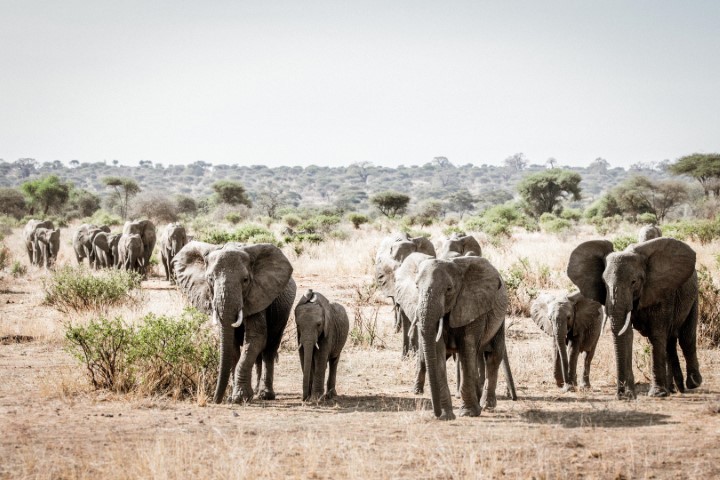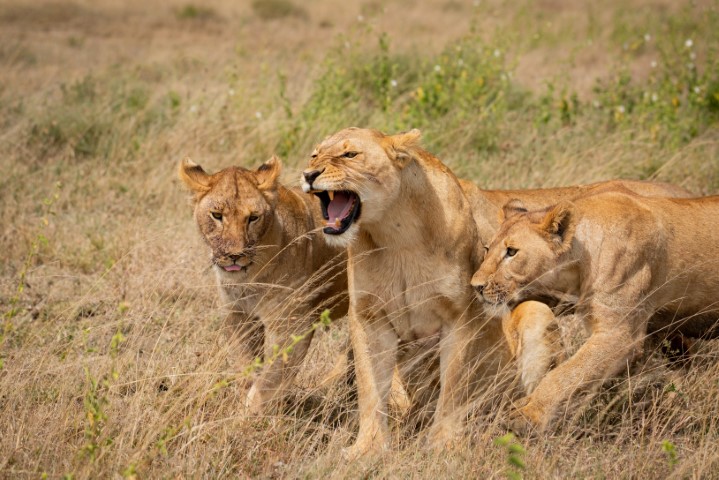Manyara National Park

Situated within the vast expanse of the Great Rift Valley, Lake Manyara stands as a remarkable oasis. This unique location boasts dense tropical vegetation from a rich groundwater source fed by numerous springs emerging from the escarpment.
Beyond its groundwater forests, Lake Manyara features a scenic savannah dotted with acacias, expansive plains approaching the lake shores, and the dramatic backdrop of the Rift Valley escarpment. This setting presents a diverse microcosm of Tanzania’s natural beauty.
Adding to the allure, the park is inhabited by a rich variety of fauna, including elephants, buffaloes, the famed tree-climbing lions, and giraffes. Notably, it’s home to the world’s largest concentration of baboons, making for captivating game-viewing experiences.
Birdwatchers will find Lake Manyara a paradise. The park’s groundwater forest teems with diverse avian life, from pelicans and flamingos to the elusive giant kingfisher. This region offers the best chance to spot a giant kingfisher between the Indian Ocean and Lake Victoria. Additionally, the woodland kingfisher, a more standard yet smaller species, can frequently be observed near the forest edges.
Reasons to visit Lake Manyara National Park
- Experience the unique groundwater forest.
- Explore the rich flora of the region.
- Witness a vast array of birdlife, especially along the lakeshore.
- Admire the diverse and scenic landscapes.
What to Do
- Game drives to witness the diverse fauna.
- Bird-watching sessions.
- Canoeing opportunities (when water levels permit).
- Engaging in cultural tours.
Getting There
- By road from Arusha, conveniently positioned en route to Ngorongoro Crater and Serengeti National Park.
- Opt for scheduled or charter flights from Arusha, Zanzibar, or Dar es Salaam.
Best Time to Visit
- Dry Season (July to October) – Ideal for observing larger mammals.
- Wet Season (November to June) – Preferable for bird-watching, enjoying waterfalls, and canoeing experiences.



